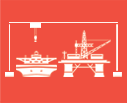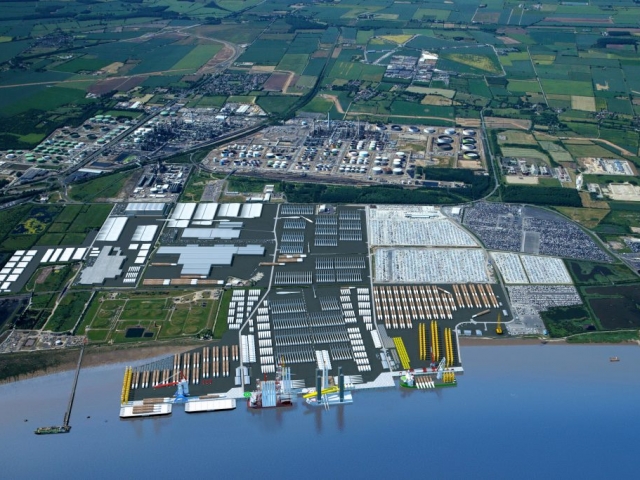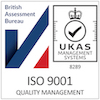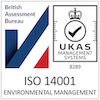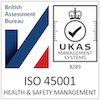Our Sites
- Port Sites
- ABLE Seaton Port
- Able Humber Port
- ABLE Middlesbrough Port
- ABLE Billingham Reach
- ABLE Clarence Port
- Land Sites
- ABLE Thorpe Marsh
- Able Energy Park
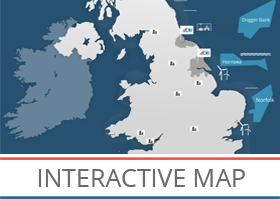 Interactive Map
Interactive Map
Able Humber Port
Able Humber Port Rosper Road, South Killingholme, Immingham DN40 3DZ
what3words address: ///diver.forgiving.tones
Able Humber Port (AHP) is situated on the South bank of the Humber Estuary, East Coast of the UK. The Humber has been described as the Energy Estuary and in recent years it has been the UK’s fastest growing port and logistics centre.
Able Humber Port (AHP), potentially Europe’s largest new port development providing an exciting proposal for the burgeoning marine renewable energy sector; this includes Able Energy Park (AEP) providing an additional c. 1,000 acres of hinterland development to support a wide variety of port centric logistics functions.
The UK Government has identified AHP as a strategic location in the National Renewable Infrastructure Plan and HMG UK Treasury has confirmed AHP as the UK’s largest Enterprise Zone, attracting 100% enhanced capital allowances.
Image Gallery
Key Information
- AHP Site Size: 317 Hectares (783 Acres)
- AHP Quay Length: 1,349m
- AHP Max. Quay Capacity: 62t/m²; up to 100t/ m² patch load
- Max. Dredge Depth: -17.0mCD
- Max. Water Depth (MHWS): 24.3m





